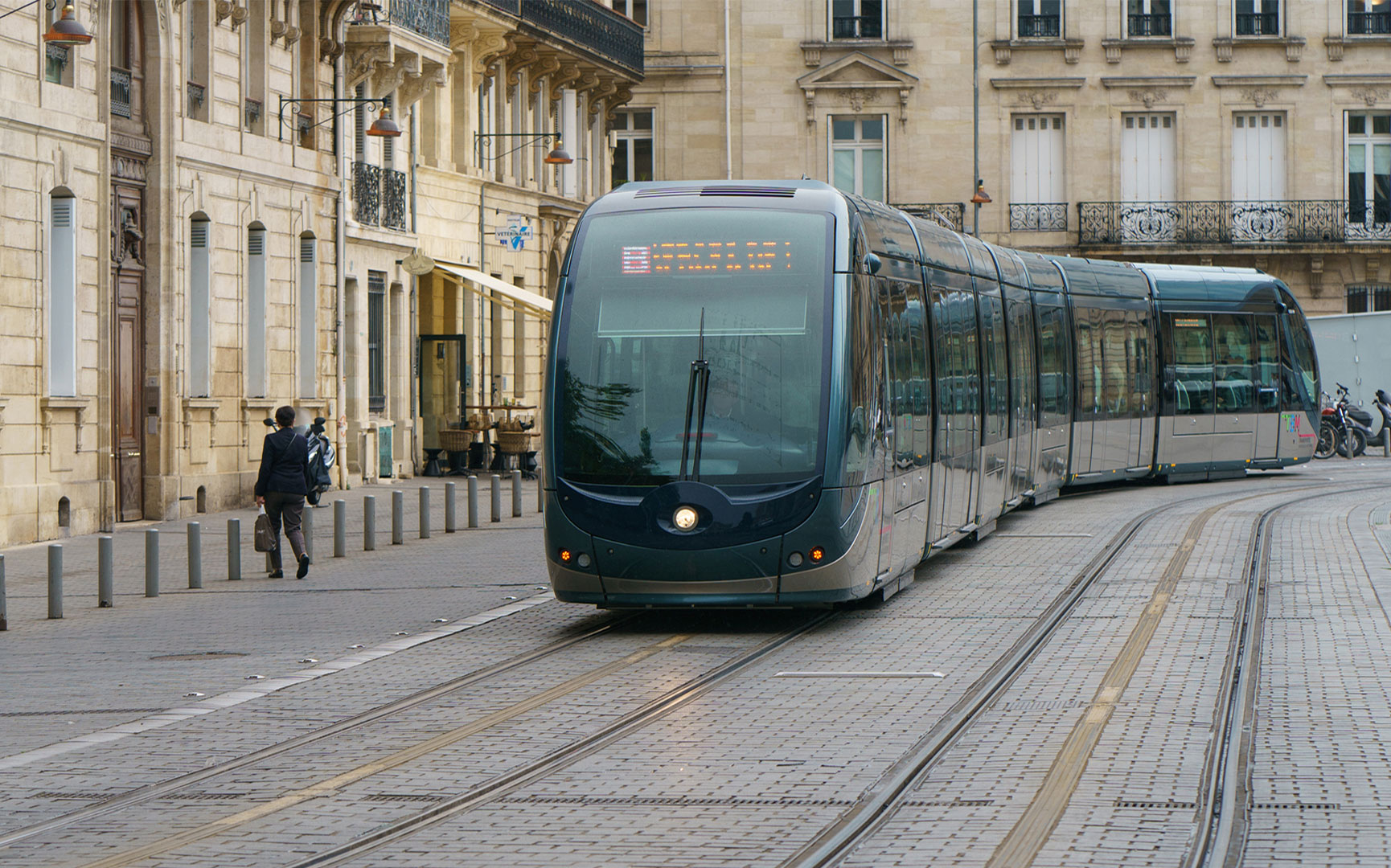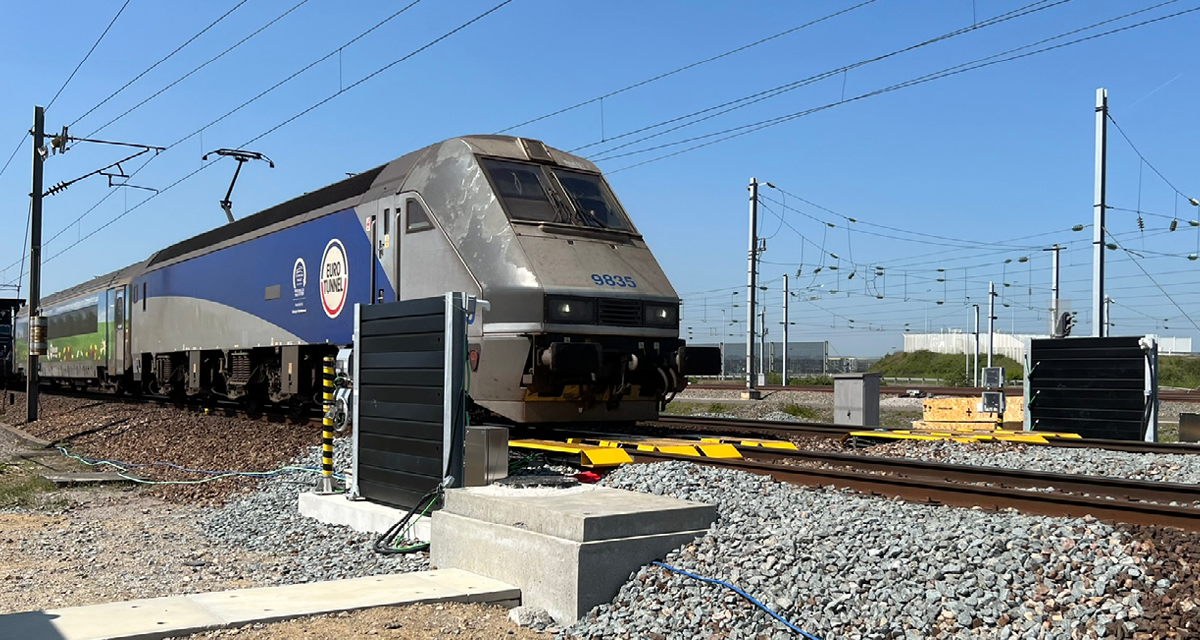

Frauscher Sensor Technology has completed the divestiture to Wabtec Corporation.
Find Out MoreNotification Center

At the Charlotte Area Transit System, frequent false red signal overruns resulted when electromagnetic interference caused “bobbing” of the line’s audio frequency track circuits. The Frauscher Advanced Counter FAdC® was subsequently considered as an alternative to these track circuits to eliminate the occurrence of false red signal overruns.
The operators of the Charlotte Area Transit System, at the advice of consultant HNTB, agreed to utilise the FAdC® for a shadow mode trial to determine if it would solve its prevalent issue of false red signal overruns. The main reason for consideration of the axle counter was its high immunity to the electromagnetic interference, which was causing this issue, as well as its ability to interoperate with the existing audio frequency track circuits. The trial was conducted at the Archdale Interlocking for nine and a half months, generating the expected positive results. The data indicated that although numerous events of track circuit “bobbing” occurred during the trial period and generated false overruns, the axle counter data showed that if it had been in service, these overruns would have been prevented.
The FAdC® was able to increase the availability and safety, ensuring consistent and smooth operation of this light rail line. The axle counters were then used to entirely replace the existing AF track circuits, after the vital testing was successfully completed and the personnel was fully trained. After finalisation of these important steps, the Frauscher Advanced Counter FAdC® was placed in revenue service.

Elimination of false red signal overruns
Protection against environmental conditions and electromagnetic interference



